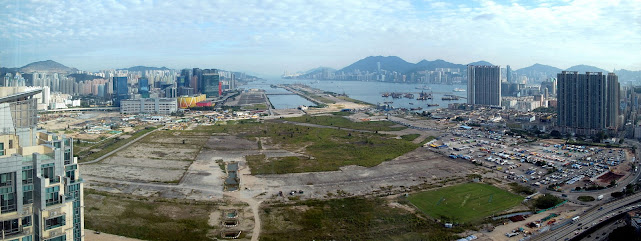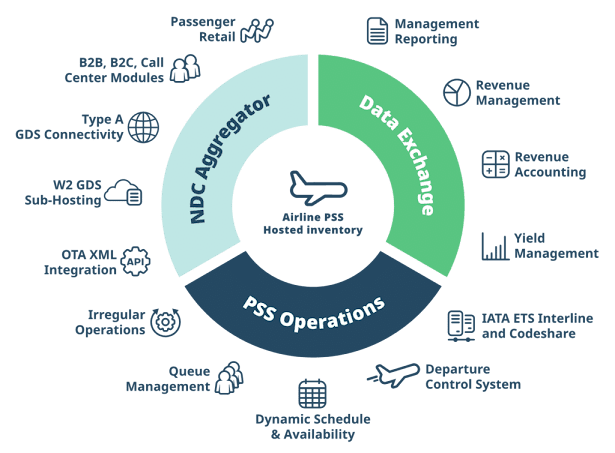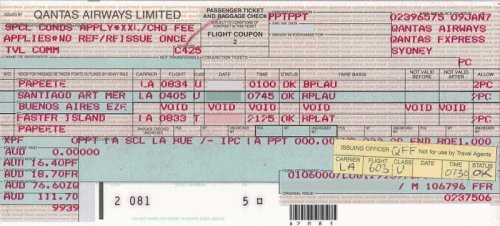Hong Kong International Airport (Kai Tak Airport), Hong Kong

Hong Kong International Airport (Kai Tak Airport), Hong Kong. Just before the final approach of Kai Tak (HKG) was so close to those buildings that passengers could spot television sets in the apartments as the aircraft banked sharply to the right for landing nearby apartments that seemed an arm's length away. Kai Tak is named after two businessmen, Sir Ho Kai and Mr. Au Tak, who were involved in a company formed to reclaim land in Kowloon Bay for a residential housing scheme. The Company, unfortunately, failed and the reclaimed land was left vacant. The suitability of using this land as an airfield was recognized and the first recorded flight from Kai Tak took place on Lunar New Year's Day in 1925. IATA: HKG ICAO: VHHH Opened: 25 January 1925 Closed: 6 July 1998 Operator: Civil Aviation Department Location: Kowloon, Hong Kong Elevation AMSL: 9 m / 30 ft Coordinates : 22°19′43″N 114°11′39″E Kai Tak Airport was the international airport of Hong Kong from 25 th





